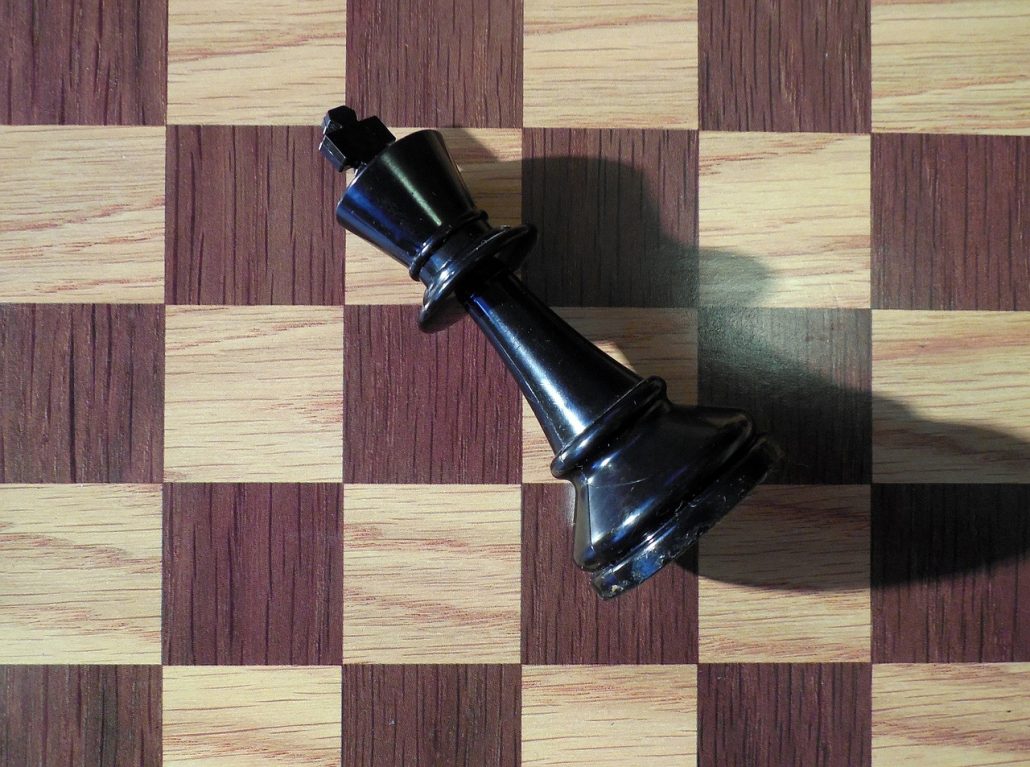Table of Contents
The Danish Gambit
The Danish Gambit is an incredibly aggressive and tricky chess opening that will require you and your opponent to have theory knowledge. What is important in a chess opening is not just to focus on your own development, but to put your opponent under pressure. The Danish Gambit is perfect for that.
This opening will put your opponent under pressure quickly, the thing is that it has so many traps, is difficult to play against. However, sacrificing material in the opening may not be the best strategy to follow in a long game.
If your opponent knows all of the theory, he should definitely be able to manage not to lose so quickly. If you don’t get an attack rolling quickly you may be in trouble, so you need to act fast.
This is why in reality is not that recommendable to play this kind of opening, otherwise, anyone would play it. Even in classical time control if your opponent doesn’t know the theory he would manage to calculate everything and come out well.
This is the perfect opening if you are playing blitz, however, where your opponent doesn’t have much time to think. Also, I can assure not many people will know how to respond to this gambit because is not very common.
If you want to learn how to play the Danish gambit keep reading this post, we will have some tactics going!
The main line of the Danish gambit
The main line of the Danish gambit goes like this:
1 e4 e5 2 d4 exd4 3 c3
And there is the gambit, the purpose of this move is to win the lead in development. by giving up a pawn, but having the knight developed in exchange. The most natural move for black is to take, however, many other lines are interesting, the following:
- 3… dxc3
- 3… d5
- 3… Qe7
The first, 3… dxc3 accomplishes a white objective, win a little bit of lead in development. In exchange, black has a pawn, that he will try to hold onto.
3… dxc3 4. Nxc3 Nc6 5. Bc4 d6 6. Nf3 Nf6
As you can see, it’s imperative for black to prevent whites from playing e5, which is 99% of the cases, is advantageous for white.
The second move is the most interesting idea, 3… d5 immediately challenges white’s center, and gives zero time for accommodation. The best for white would be taking on d5 and then black plays Nf6 or simply Qxd5.
- exd5 Qxd5 5. cxd4 Nc6 6. Nf3 Bg4 7. Be2:
Here the position may seem equal, but White has a slight advantage, this is in the case black doesn’t accept the pawn.
Finally, the last move Qe7 is a move that personally I don’t like too much but is true that is the trickiest of all. In case someone plays 3… Qe7 you should go for this:
3… Qe7 4 cxd4 Qxe4+ 5 Be3 Bb4+ 6 Nc3 Nf6 7 Nf3 Nd5 8 Qd2 Holds your position together. 8… Nxe3 9 fxe3 you are fine.
Plans and ideas in the Danish gambit

The whole idea of playing the Danish gambit is to make your opponent a mistake by getting him into unexplored lines. The number of mistakes you can make is uncountable, which is not so easy to see.
But with a bishop on c4 and that “short” lead in development you can really win in the first 20 moves. So, white’s idea will always be to seize the development advantage by putting pressure quickly on black’s center.
To Play the Danish gambit correctly you will need to know the theory, but is not something too difficult either. We will explain the different ideas for both sides, and how they should play this opening.
The Danish gambit for White

In white’s case, he should aim to get the advantage quickly by getting initiative, all of his moves must be aggressive. Try to win as many tempos as you can in the opening, that is what the development advantage serves for.
Usually, a good idea for white is to push the e-pawn to e5, if black plays correctly he will avoid that. But pushing the pawn on e5 will make the position advantageous for whites, it’s an important idea in the opening.
Also, the bishop on c4 will provide you many tactics on the f7 spot. There are even lines in which you sacrifice the whole bishop to forbid black to castle. Castling long is a great idea to speed up the development even more, and start an opposite castles fight, which will favor the side with more development.
This is an opening to get creative and definitely win a lot by playing reckless against the enemy king. Go for it!
The Danish gambit for black
In the case of the defender, is pretty interesting how you should play. First of all, is very important you review theory, when you encounter this gambit you have to play cautiously.
Black needs to have a quieter focus in the game, everything will depend on if you accepted the gambit or not. This is how you should play, not only against the Danish gambit but any gambit:
You have to defend, if you accepted a gambit, you should be prepared for the attack that is coming, and resists it. Your objective will be to convert your extra material to a decisive advantage in the endgame.
If you resist white’s attack in the middle game and pull yourself together you will have a material advantage that you will convert. Remember that white’s advantage is about his development, if you catch up in development you will win.
It’s as easy as that, however, to defend in chess is a pretty deep concept that involves great skills. We recommend you review the concept of the defense in chess.
You may also like:
Everything About The Chess 50 Moves Rule






